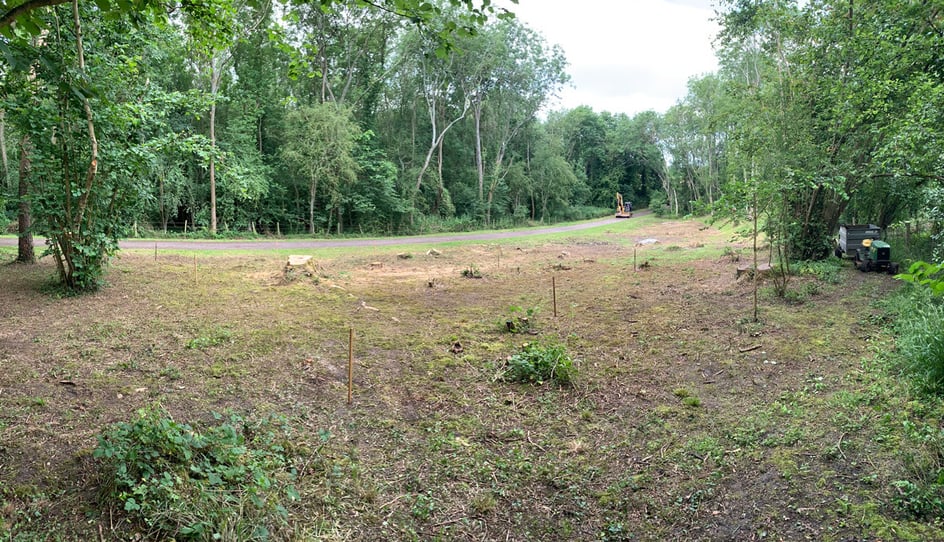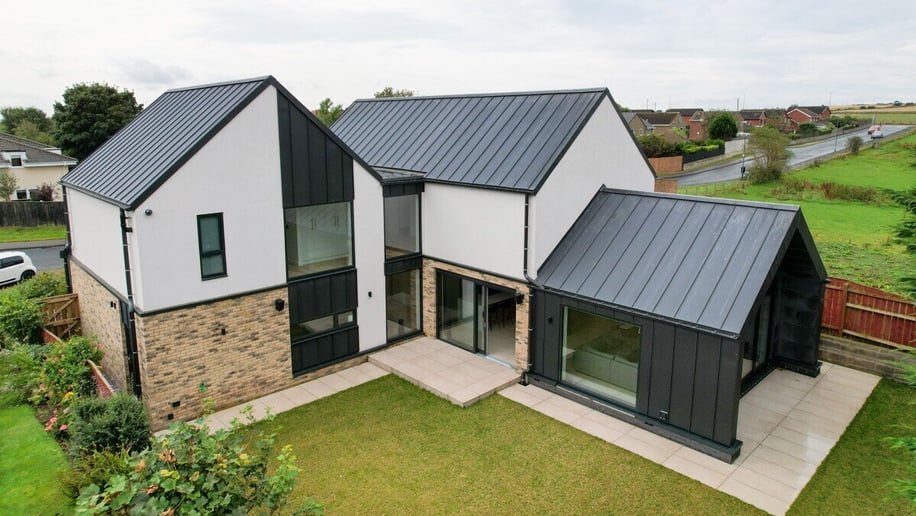At Allan Corfield Architects, we work with clients on some of the most exciting and ambitious projects of their lives—whether it’s a dream self-build, a major renovation, or a bespoke extension. One of the most important factors in ensuring that your project runs smoothly, on time, and within budget is decision-making and communication.
Many clients don’t realise just how much their input drives progress. While your architect and wider design team can handle the technical aspects, the decisions and approvals you make are what enable us to move things forward.
In this article, we explain why keeping to timescales, making decisions promptly, and providing regular input is essential to the success of your project.

Every project follows a carefully structured programme. At the early design stages, this ensures that planning submissions, technical design, and tendering all happen on schedule. Later on, it ensures that your contractor has clear, coordinated information before work begins.
If deadlines slip at the early stages, there’s a knock-on effect further down the line:
- Planning applications may be delayed, missing seasonal committee dates or extending statutory approval times.
- Cost estimates can’t be finalised, which means your budget remains uncertain.
- On-site construction may be pushed back, which can cause availability issues with contractors and increase costs.
In short, each missed deadline lengthens the overall programme—and can add unnecessary cost and stress.
DELAYED DECISIONS CAN STALL PROGRESS
Every stage of your project requires decisions, from the layout of rooms and the style of glazing, to the choice of heating system or external finishes.
WHEN DECISIONS ARE DELAYED:
- The design team cannot progress drawings, calculations, or specifications.
- Contractors cannot price accurately, which delays tender returns and negotiations.
- Construction can grind to a halt if crucial details (like window sizes or roof finishes) aren’t finalised.
Often, a single delayed decision can affect multiple aspects of the project. For example, if a window size isn’t confirmed, the structural engineer can’t finalise their calculations, the contractor can’t order materials, and the overall build programme risks being pushed back.

REGULAR ClLIENT INPUT IS KEY
Your architect’s role is to guide, advise, and manage the process—but we need your active input to shape the project around your vision, lifestyle, and budget.
Providing regular input ensures that:
- The design reflects your priorities—from spatial layout to sustainability goals.
- The team has the right information—avoiding assumptions that may not align with your preferences.
- Decisions are consistent and coordinated—reducing the risk of last-minute changes, which are often costly and disruptive.
Engaging regularly also builds momentum. With clear communication and steady progress, your project will feel more manageable and exciting, rather than overwhelming.

THE BENEFITS OF STAYING ENGAGED
By keeping to timescales, making timely decisions, and providing consistent input, you’ll:
- Reduce the risk of delays and cost overruns.
- Build stronger relationships with your design team and contractor.
- Keep control of your project and stay confident in its direction.
- Achieve a smoother, more enjoyable experience throughout the self-build journey.

Your project is a major investment of time, money, and energy. At Allan Corfield Architects, our role is to guide you through every step—but your role is just as vital. By sticking to agreed timescales, making decisions promptly, and providing regular input, you empower us to deliver the best possible outcome for your dream home.
Get in touch if you would like to talk about how Allan Corfield Architects can support you in making your dream home a reality.



